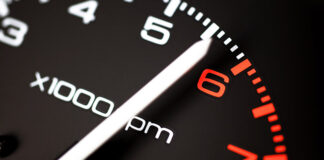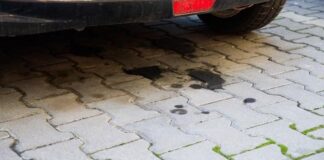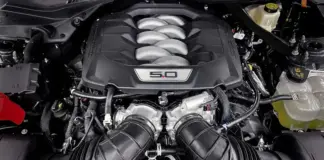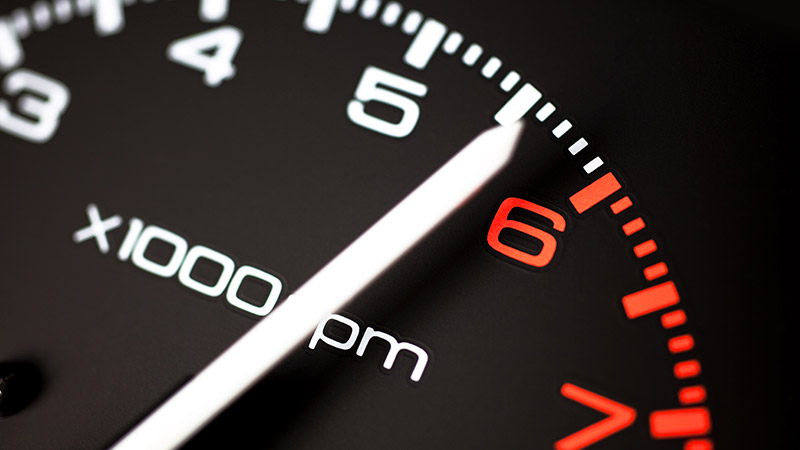If your vehicle has been operating smoothly but starts idling at a high RPM after a spark plug replacement, don’t worry! This is likely a small problem that can be resolved with ease.
Below are several reasons your car might be idling high post-spark plug change. Stay relaxed and continue reading to learn more.
7 Causes of High Idle After Spark Plug Replacement
A spark plug replacement may be needed when plugs are worn, damaged, or improperly gapped. In certain cases, other components, like a defective distributor cap, rotor, or ignition wires, could also be impacted if the spark plugs are significantly worn or faulty. Here are some reasons your vehicle may idle high after a spark plug change.
Overtightened Plugs
Spark plugs that are too tight can prevent the engine from firing properly, potentially causing damage from excessive heat over time.
If your vehicle is idling high after replacing spark plugs, try installing them with minimal torque by hand initially, then turn them an additional 180 degrees using a wrench or socket for optimal torque before restarting the car.
If this doesn’t resolve the high idle, ensure the spark plugs are correctly seated, remove them, hand-tighten for a few turns, and reinstall them.
Under-Tightened Plugs
Loose spark plugs can make starting your vehicle difficult and may lead to damage due to excessive heat buildup.
After removing and reinstalling the spark plugs, tighten them using a torque wrench to the manufacturer’s specifications. Apply steady pressure while removing to avoid breakage.
If the high idle persists, verify that the spark plugs are properly seated, remove them, and retorque them according to the manufacturer’s guidelines.
If the high idle remains unresolved, there may be a more significant issue with your engine, and you should consult a professional mechanic promptly.
Improper Fuel Mixture
Failing to follow the Chilton manual correctly during a spark plug replacement can lead to an improper fuel mixture, causing a high idle. This issue may also stem from problems with your carburetor or throttle body issues.
Confirm that the Chilton manual was followed accurately and address the high idle using the steps above. If the issue continues, consult a professional mechanic.
Overheated Spark Plugs
After a spark plug replacement, your engine may take time to cool down, during which it might idle at a high speed. To mitigate this, avoid starting or idling the engine immediately after the change and allow it to cool.
If the high idle persists after several hours, there could be another cause, and you should seek help from a professional mechanic soon.
Overheated spark plugs can also contribute to high idle. After replacing spark plugs, check if they are too hot to touch and let the engine cool before starting it.
If the high idle continues, there may be another underlying issue, and you should contact a professional mechanic promptly.
Incorrect Spark Plug Gap
An insufficient spark plug gap can cause high idle, as the engine requires a larger gap to fire correctly under high cylinder compression.
If your vehicle idles high after a spark plug replacement and other causes have been ruled out, try installing new spark plugs with a wider gap size.
Incorrectly sized spark plugs can also lead to high idle. Verify the spark plug gap size before replacement and allow the engine to cool before starting it.
If the high idle persists, there may be another cause, and you should seek assistance from a professional mechanic soon.
Engine Vacuum Leak
If your vehicle idles high after a spark plug replacement, an engine vacuum leak might be the cause. Inspect for oil leaks or wet spots under the car and other areas that should remain dry.
If you find wet spots or oil leaks, address them promptly to prevent further performance issues. Additionally, check the PCV valve for a vacuum leak. If these steps don’t reduce the high idle, consult a professional mechanic soon.
Misgapped Spark Plugs
Incorrectly gapped spark plugs or those with damaged electrode tips can cause the engine to idle high as it attempts to compensate by running at higher compression to generate more heat and burn off deposits.
To ensure proper gapping and undamaged electrode tips, use a spark plug gap gauge to measure and adjust the gaps accurately.
Spark Plug Maintenance and Replacement
If the high idle issue persists after trying these solutions, it may be time to repair or replace your spark plugs. Purchase auto parts from trusted online retailers offering high-quality products at competitive prices.
To repair spark plugs, remove them from the engine and examine them for signs of wear or damage.
Clean or replace any components contributing to spark plug issues, such as the ignition coil, plug wires, or damaged spark plugs.
Replacement is required if you observe significant tip damage or if the vehicle idles inconsistently after a spark plug change.
If the high idle persists after repairing or replacing spark plugs, there may be another issue with your engine, and you should consult a professional mechanic promptly.
In conclusion, a high idle after a spark plug replacement can stem from various causes, which should be addressed systematically.
If the high idle persists despite trying all these fixes, it may be necessary to replace the spark plugs or conduct a detailed engine inspection.







